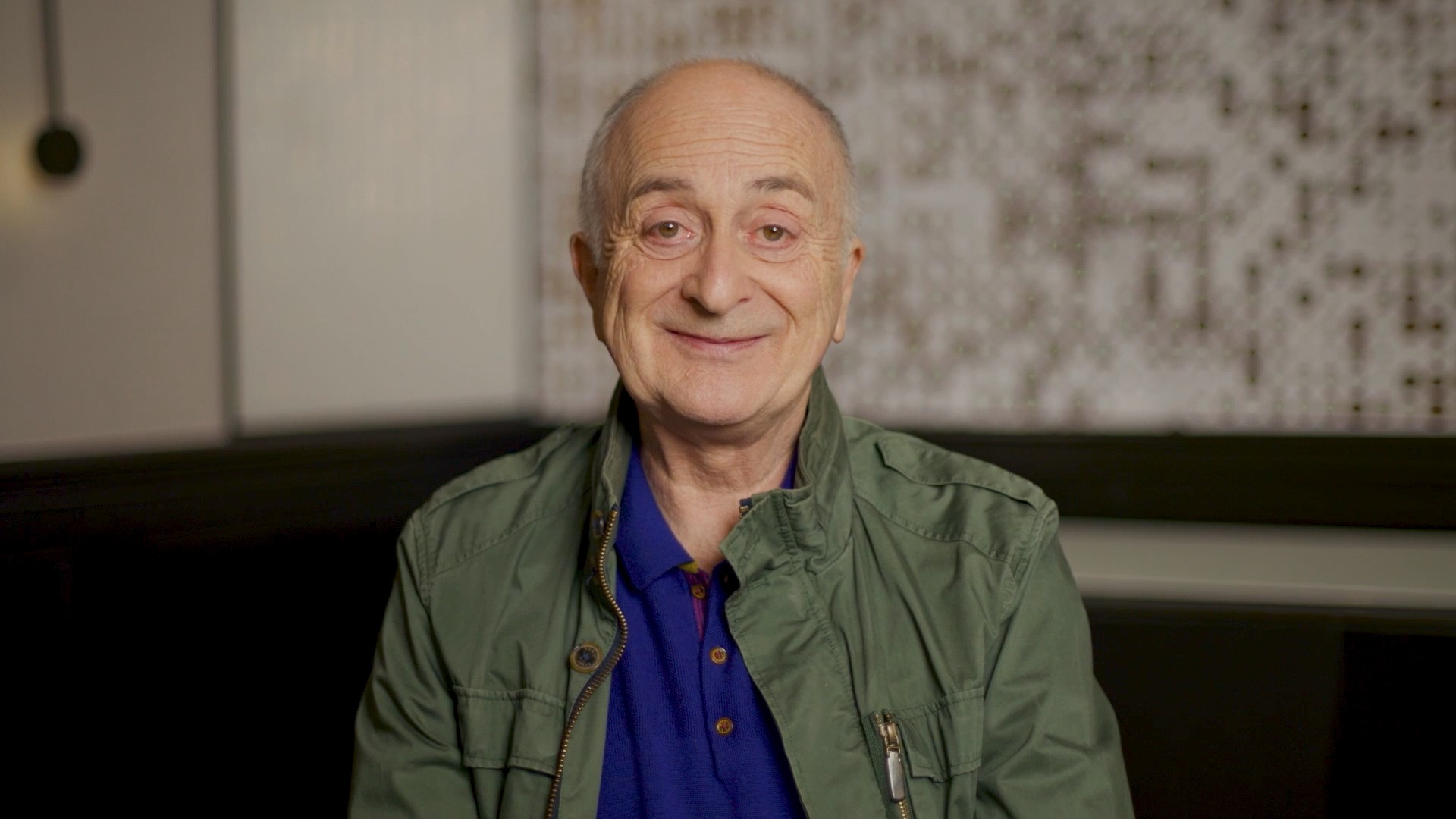Sir Tony Robinson returns to Time Team

The original presenter of the hit British archaeological TV series is returning for new Time Team Specials documentaries.
Time Team is delighted to announce that original presenter Sir Tony Robinson is returning to film brand new ‘Specials’. These longer-form documentaries, centred on a key theme or iconic site, complement the traditional three-day dig episodes, now presented by Dr Gus Casely-Hayford.
To celebrate Tony’s return, Time Team is also releasing a range of classic Time Team Specials, which will be available worldwide, for free, on YouTube.
Tony Robinson presented the first 20 series of Time Team, alongside various live shows, spin-offs and almost 60 Time Team Specials, including a landmark dig at the Royal Palaces.
Sir Tony says: “It’s fantastic to be back! Time Team is part of the family to me and this really feels like coming home.”
Tim Taylor, Time Team’s creator and Series Producer, adds: “Wow, what an end to an incredible year for Time Team! We’re delighted that Tony has returned home to host the Specials documentaries, and we can’t wait to get started on our first new film together – hopefully the first of many!”
A Sutton Hoo Special is already in development, since Time Team partnered with the Sutton Hoo Ship’s Company to document the reconstruction of the mighty ship at the centre of The Dig. Time Team has worked alongside the National Trust to carry out new geophysical and aerial surveys at Sutton Hoo, helping to shed further light on this iconic site.
Updates on progress of the new Specials, expected release dates and how to watch will be confirmed as the project develops. In the meantime, Tony will be sharing a host of new insights and commentary on the Time Team Official YouTube channel, with additional exclusive content on the members’ platform, Patreon.
Tim continues: “We are also thrilled to be releasing a range of Tony’s classic Time Team Specials from the vaults. These documentaries showcase some incredible archaeological discoveries, from Stonehenge and Saxon royalty to the Industrial Revolution.” Release of the classic Specials is due to begin in the new year, with full details and schedule to be announced soon.
Time Team has recently returned to screens for a brand new series, thanks to the ongoing support of thousands of fans worldwide on Patreon. The first new episodes premiered on the Time Team Official YouTube channel in 2022, so far racking up around 3 million views. The latest series starring Gus Casely-Hayford is due in Spring 2023, with exclusive behind-the-scenes ‘Dig Watch’ context available now on YouTube and Patreon.
Tony continues: “I’ve loved watching the new episodes as a fan. Gus and the team are doing a fantastic job of continuing Time Team’s legacy. It’s wonderful to see the next generation taking up the torch and inspiring others with our shared passion for archaeology. I look forward to catching up with old friends and making some new ones!”
ABOUT TIME TEAM
First airing in 1994 on the UK’s Channel 4, Time Team, created by Series Producer Tim Taylor, became a Sunday teatime staple. The show was exported to over 35 countries worldwide.
Presented by much-loved broadcaster and keen history enthusiast, Sir Tony Robinson, the show made household names of archaeologists including the late Mick Aston, Phil Harding and Carenza Lewis.
Across 20 series, the team investigated over 220 sites, including iconic landmarks Buckingham Palace, Windsor Castle and Westminster Abbey. At its height, Time Team was one of the UK’s largest independent funders of archaeology, and the series is credited with boosting the popularity of archaeology in Britain.
Vintage episodes presented by Tony are available now on the Time Team Classics channel, which has over 200,000 subscribers worldwide.






